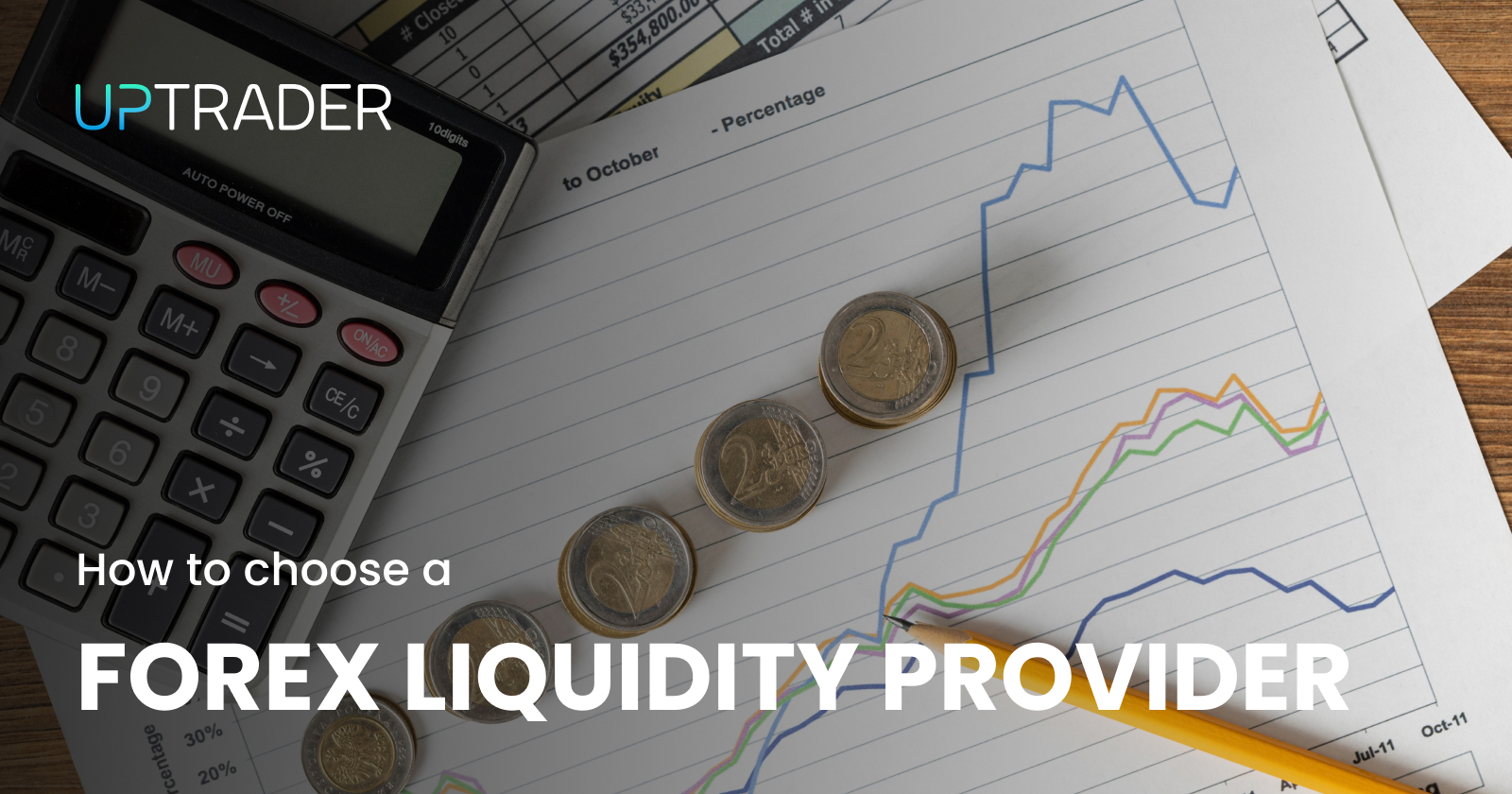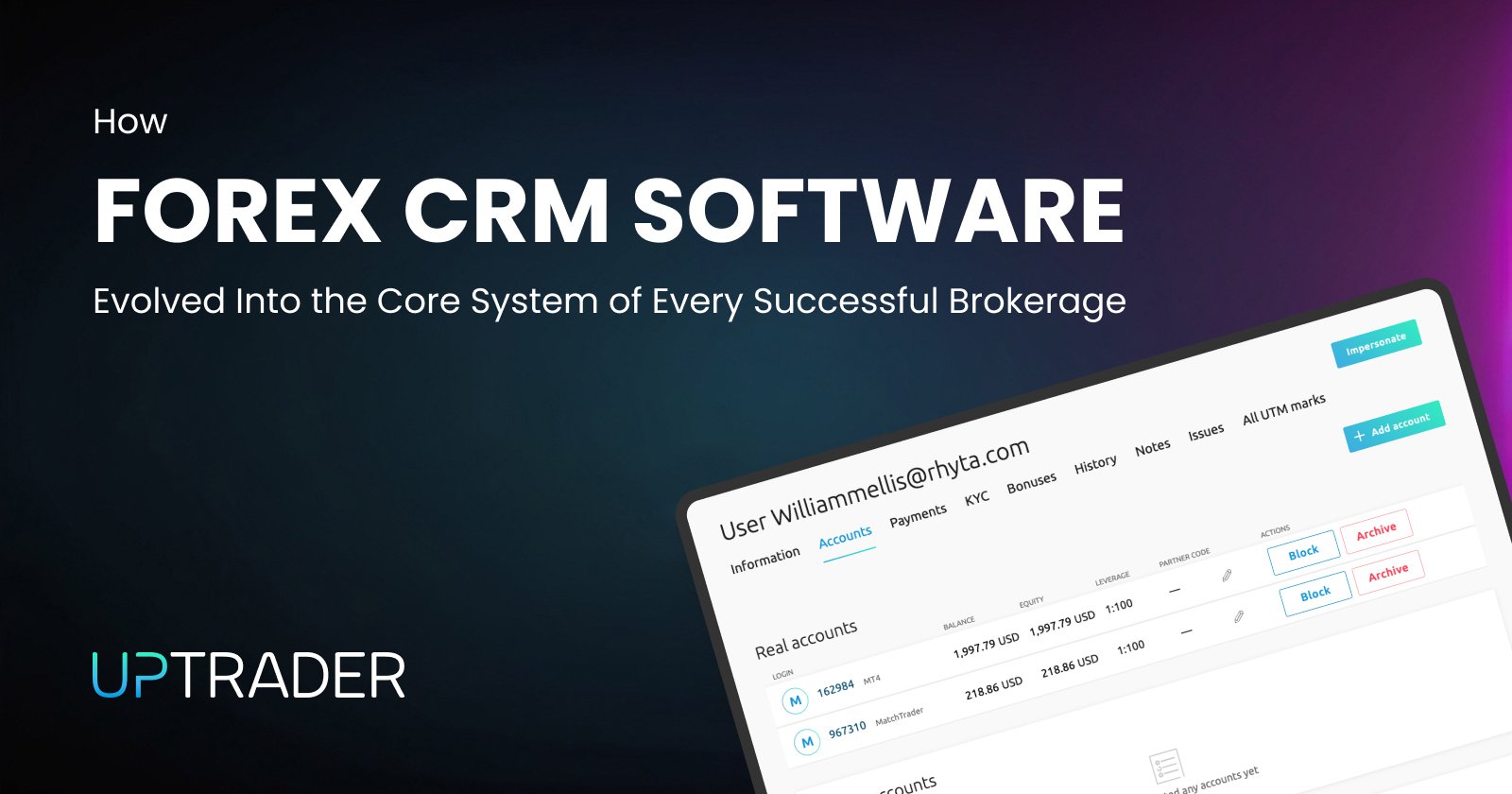How to Choose a Forex Liquidity Provider

Share this publication:
The Ultimate Guide to Selecting the Best Forex Liquidity Provider
The forex trading industry has seen an ever-increasing number of brokers. For instance, there are about 1,200 forex brokers on MT alone. According to some estimates, there are a total of 1,500 reputable forex brokerages in operation.
In order to carry out transactions on a big scale in the forex sector - having access to liquidity is absolutely critical.
That is why a forex liquidity provider is important for smooth and stable operations but what is “liquidity”?
Liquidity is defined as how easily one can purchase or sell currencies without greatly affecting their respective market prices.
What is the Role of a Forex Liquidity Provider?
So what is a liquidity provider?
In short, FLPs (Forex Liquidity Providers) are people who enable you to perform transactions involving different currencies without any cash shortages. They help with liquidity by holding large quantities of an asset making it easily available for trade at a consistent price.
They serve as a link between buyers and sellers whose main duty is to provide depth alongside liquidity continuity. Furthermore, maintaining buy/sell orders among various currency pairs makes sure that all traders receive fair and accessible prices.
Factors to Consider when Selecting a Forex Liquidity Provider
Now you understand the concept of Liquidity providers are are looking to select one for your trading needs, here are a few factors to consider when choosing a FLP:
- Reputation and Reliability: Opt for liquidity providers whose reliability has been proven over time.
- Liquidity Depth: The degree of liquidity available at an FLP should be considered since it influences its ease of execution and reduces chances of slippage arising from volatile market conditions.
- Pricing and Spreads: You should evaluate different pricing models and spreads that liquidity providers have in order to get more competitive rates.
- Execution speed: The ability of the provider to quickly carry out orders is critical in fast-moving markets where the timing matters most.
- Customer Support: Consider the amount of customer support provided whether they are always honest with their clients or return calls after making a request, as well as their level of professionalism in dealing with your questions and concerns.
Types of Forex Liquidity Providers
In the forex market, there are several types of liquidity providers.
Some of them are as follow:
- Prime Brokers: Prime brokers are large financial institutions that provide liquidity, credit, and other services to hedge funds, institutional investors, and other market participants.
- Non-Bank Liquidity Providers: These are specialized firms that act as market makers, providing liquidity to brokers, banks, and other market participants without engaging in traditional banking activities.
- Electronic Communication Networks (ECNs): ECNs are electronic trading platforms that facilitate direct access to liquidity providers, allowing traders to interact with multiple counterparties and benefit from competitive pricing.
- Retail Brokers: Some retail forex brokers also act as liquidity providers, offering their clients access to liquidity pools and facilitating trades within their trading platforms.
Benefits of Using a Forex Liquidity Provider
Partnering with a reputable forex liquidity provider can offer numerous advantages for traders and market participants:
1. Increased Trading Activity: FLPs have large amounts of capital to invest, which they can use to buy and sell at the prices they want. This can help create more activity in the market, as more buyers and sellers will be willing to trade at the prices set by the FLPs.
2. Reduced Spreads: A forex liquidity provider can reduce the spread between the buy and sell prices. This is because FLPs typically add their orders to the market using an electronic communication network (ECN), which matches their orders with the orders of other market participants.
3. Market Stabilization: Liquidity Providers (LPs) help keep markets stable, especially when things get chaotic. They can provide the necessary capital that is required to keep the market steady. This is crucial during times of economic uncertainty when investors might be nervous about trading.
4. Reduced Slippage: Slippage is when the price at which your order is executed does not match the price at which it was requested. It is a negative attribute not only in trading but any market. Liquidity partners keep markets transparent, reducing likelihood of slippage.
FLP Classifications
For financial institutions to provide liquidity pools to their customers, they must hold liquid assets. Financial assets held by banks and other intermediaries are classified into tiers:
-
Tier 1
These are the precious assets a financial institution holds. Banks classify Tier-1 assets as their main earnings and equity, and it’s used to determine their financial strength.
-
Tier 2
Tier-2 assets are less liquid than Tier-1 assets. Banks hold them to supplement core assets in case of a massive shortfall and market volatility.
-
Tier 3
This is the lowest-quality asset that a financial institution can hold. In the past, banks held these assets to support their market risks. However, Tier 3 assets are currently being abolished after the fallout from the Financial Crisis of 2008.
Forex Liquidity Providers vs. Forex Brokers
While forex liquidity providers and forex brokers may seem similar, they serve distinct roles in the forex market:
- Forex Liquidity Providers: Liquidity providers act as market makers, providing bid and ask prices to facilitate trades. They supply liquidity to the market by acting as counterparties to trades.
- Forex Brokers: Brokers act as intermediaries, connecting traders with liquidity providers and executing trades on their behalf. They provide trading platforms, tools, and access to the forex market.
Top Forex Liquidity Providers in the Industry
While there are numerous liquidity providers in the forex market, some of the top and most reputable providers include:
UpTrader
UpTrader gives their clients not only robust CRM solutions but also provides them with liquidity.
The platform offers you a wide range of trading instruments (CFDs on stocks, indices, commodities, currency, cryptocurrency, metals), uninterrupted liquid flow, and also allows you to configure your own spreads.
If these features look enticing and you want to give them a try, talk to a consultant on our site today.
Citadel Securities
A leading market maker and liquidity provider, known for its advanced trading technology and deep liquidity pools.
Visit Citadel Securities here!
Jump Trading
A prominent liquidity provider and prop trading firm, offering competitive pricing and efficient execution services.
XTX Markets
A leading non-bank liquidity provider, known for its algorithmic trading and liquidity provision across various asset classes, including forex.
Virtu Financial
A global market maker and liquidity provider, renowned for its advanced trading technology and commitment to market transparency.
Conclusion and Final Thoughts
When it comes to Forex trading, making the right choice for a liquidity provider could determine how successful you will be in your trading business. Therefore, in order to identify a reliable liquidity provider that will lead to your trading success, various factors have to be evaluated including: reputation, liquidity depth, pricing policies and the speed of execution.
Remember, the forex market keeps changing so it’s necessary for one to keep posted with what is happening now about liquidity provision. By partnering with a reputable liquidity provider, you can gain access to deep liquidity pools, competitive pricing and advanced trading tools.
If you’re looking to take your forex trading to the next level by advanced and cutting-edge technology, CRM solutions, trading instruments and so much more.
Visit UpTrader today and talk to a consultant to guide you to trading success.







